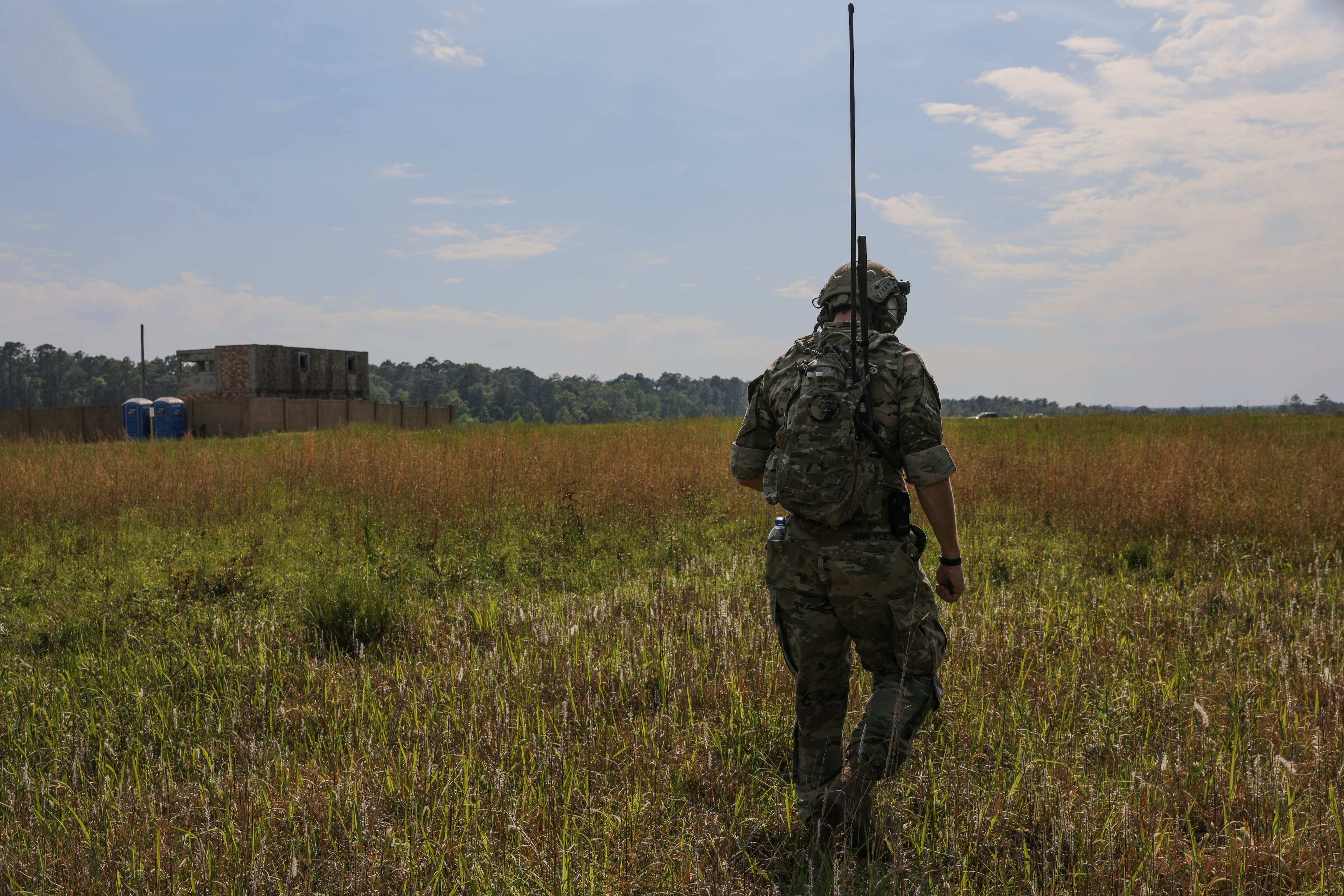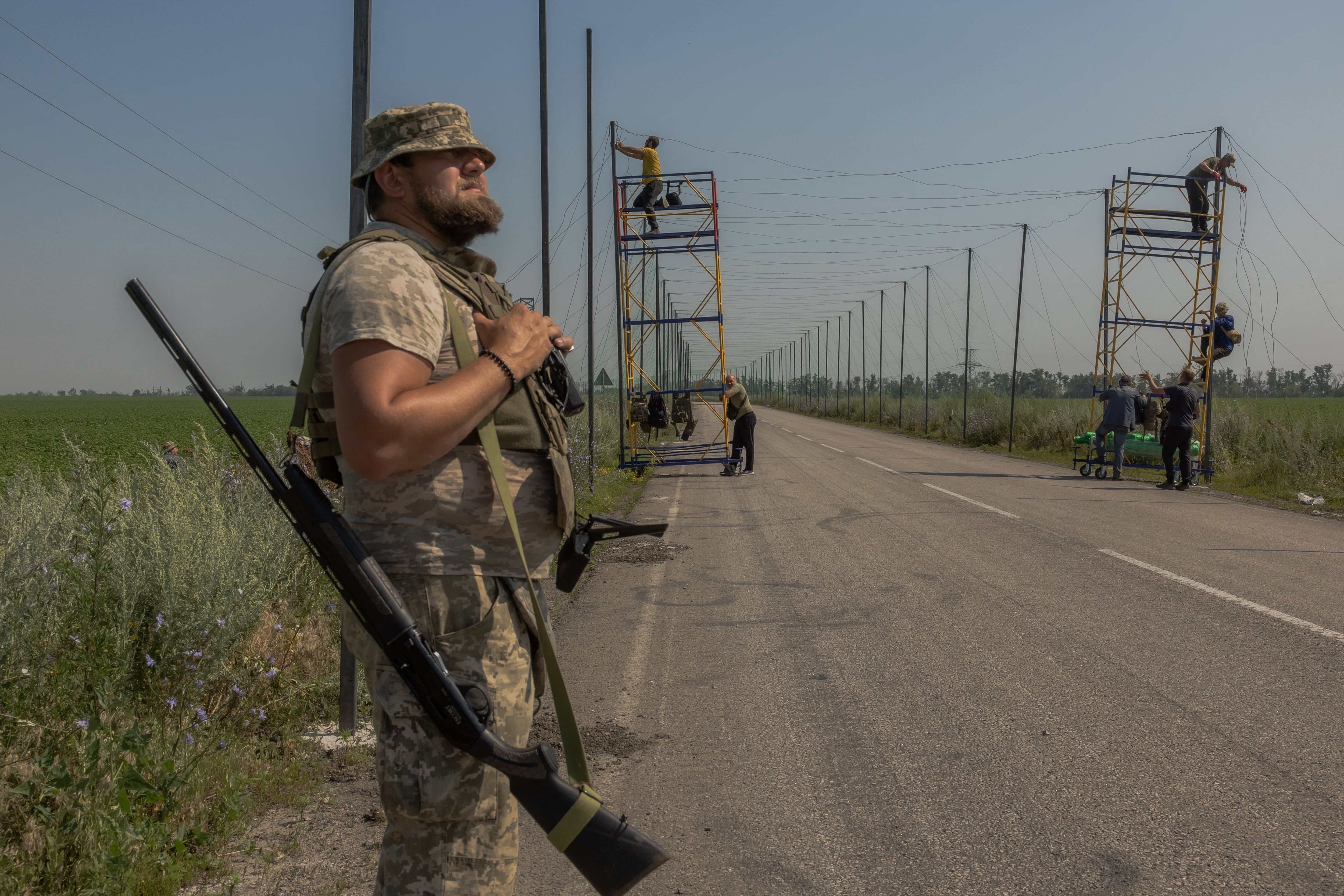Intelligence operations today have evolved considerably over the years, especially when it comes to collecting and making sense of information. But while technology and social media have been a boon for intelligence-gathering, it's a fine line between steady flow and avalanche in the era of the data deluge.
Open sources of information now are critical in intelligence operations. However, they require a delicate balance in a world that, while more demanding of transparency than ever, still requires security classifications and secrecy in intelligence for meticulously executed missions with global consequences.
"When I grew up in this [intelligence] business, we operated in a closed" environment, said Robert Cardillo, National Geospatial-Intelligence Agency director. "Today, while much of that is very necessary for key sets of our partners [such as] policy and military planning, more and more of the demand signal is to take that success into the open. I mean in some ways [we need] to provide reassurance to the people that fund us, the taxpayers, that they're getting a return on their investment."
Cardillo spoke Sept. 10 at the Intelligence and National Security Summit in Washington.
Those competing factors are resulting in a rapidly changing way of doing things in intelligence — changes that are amplified by evolving threats, adversaries and capabilities, and unprecedented public scrutiny.
Today the intelligence community operates "in an environment where what I would call traditional sources now have the added benefit of social media … [CIA Director John Brennan] has just elevated his open-source enterprise within his agency," Cardillo said. "And while that holds great potential, it does also hold the potential for chaos — analytic chaos in the sense that if we can't create coherence around the noise for ourselves and our customers, we could be overwhelmed by it."
Technology that helps createwith creating that coherence is what NGA and the rest of the intelligence community really need from industry in order to filter and sift through the noise and detect signals of interest, he said.
"Whereas I once learned how to hunt imagery, because that's what you had to do and you spent a lot of time on a hunt, today it's more of a filtering-gathering-seeking-understanding-creating sense out of that noise," he said.








